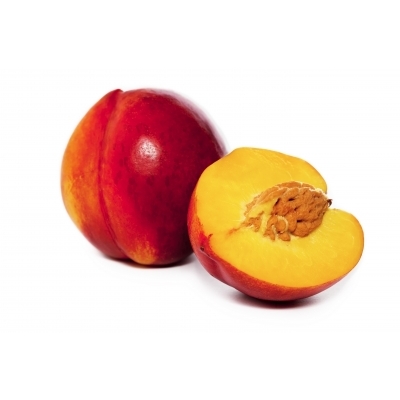About 20 years ago, while training to make artisan bread, the concepts taught were a return to the old ways of baking—developed over thousands of years prior to the invention of large scale milling and centralized agriculture. I learned about long, cool and slow fermentation of dough drawing out the hidden essence of the grain and bringing natural sweetness to the loaf as the starches broke down into simple sugars. How these sugars caramelized the crust, deepening the layers of taste and aroma throughout the bread. This drew me to the craft: my love of fine food and rich flavor.
I soon realized there was even more to this magic of baking than I was imagining. My lessons since have taken me on a journey of understanding and imparted upon me the responsibility to feed people not only delicious bread, but more importantly, a healthful and nutritious loaf.
Touring Kansas on a busload of bakers was an eye opener. I saw the shear impact large agriculture has on our environment and communities. Wheat can grow any place, it’s a grass. It is mono-cropped in the Midwest not because this is a great place for it to grow, it’s one of few things that can be kept alive there…on a life support system of synthetic nitrogen, herbicide and pesticide. The farmers themselves would not eat the grain from their fields, but instead cultivated a side crop, unsprayed, compost fertilized and home milled for their own consumption. Their towns are nearly vacant.
Weston Price and Sally Fallon introduced me to Phytate, a molecule in the kernel of wheat binding the vitamins and minerals that the future plant will need to grow. When this seed begins to germinate, an enzyme releases the bonds. If the wheat is instead ground into flour, and the dough fermented quickly, there isn’t time for these nutrients to unlock. They are not available to your body. Extended dough fermentation, especially sourdough, mimics germination, releasing the nutrients for human absorption.
Andrew Whitley (Bread Matters) quantified the Price/Fallon work for me. The brain receives the hunger signal when the body is asking for nutrients, not just calories. For most of us, hunger means “eat food”. When we choose food with little nutritional value (or availability), we gain the calories, though the hunger signal returns. We eat again, until the nutrition finally adds up to what the body needs to operate. The calories add up as well. In our country, this has led us to obesity, childhood & adult-onset diabetes, heart disease, high cholesterol, etc. It’s vital for me to make food providing more nutrition per caloric bite.
I shouldn’t mention gluten. I love the stuff. This substance allows me to turn a hard seed of wheat into a light, soft, airy, palatable and nutritious food. My life revolves around gluten. People have consumed gluten for over 5,000 years and prospered. But we aren’t actually set up to digest straight grains.
Every culture from the dawn of agriculture has pre-processed any grain prior to eating. We learned to boil, soak, sprout, grind, and/or ferment our grain; maximizing digestive and nutritional qualities. This was bread making until the 1940’s when the world at war had to produce food faster with fewer people. Automation and chemical additions to bread dough produced edible loaves in less than 4 hours. It’s no ‘wonder’ we can’t digest this stuff. In fact, gluten may not even be the culprit.
Artisan baking is a revival of earlier baking methodology. These bakers ferment grain. I have many customers who eat our bread and none other because it’s digestible without issue. I suspect they would manage fine with most long fermented breads.
(note: Celiac Disease is a unique case of gluten effecting the lining of the intestine and subsequent nutrient absorption by the body. Our bread does not keep this from occurring.)
Now, I am a different baker than I was when I started. As I learn, I adapt. I understand the importance of my loaves as community builders, as environmental stewards, as nutrition, as health. Staff of life, indeed—by making bread well, the world around us vastly improves.
by Scott Mangold, Owner of Breadfarm

